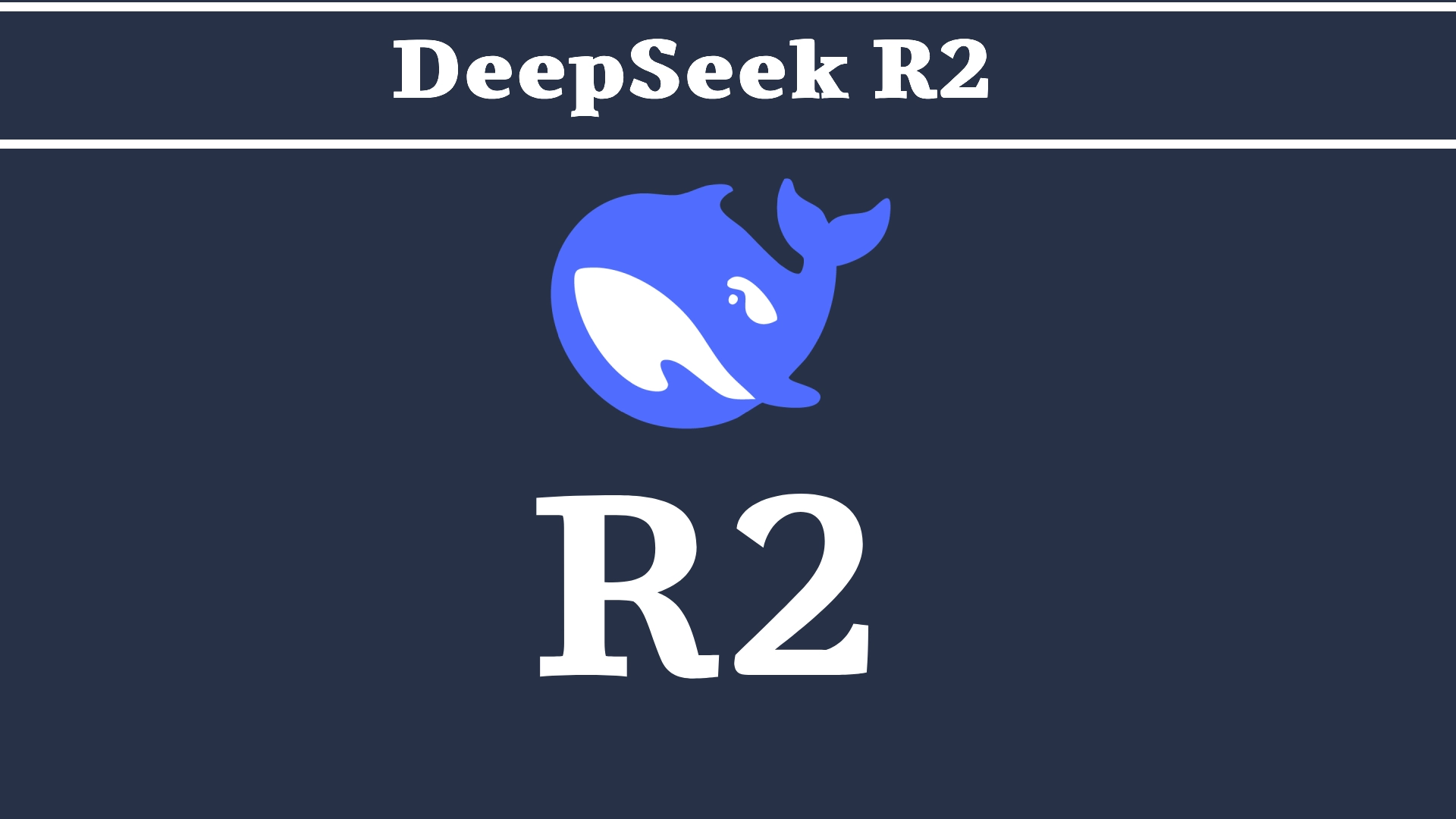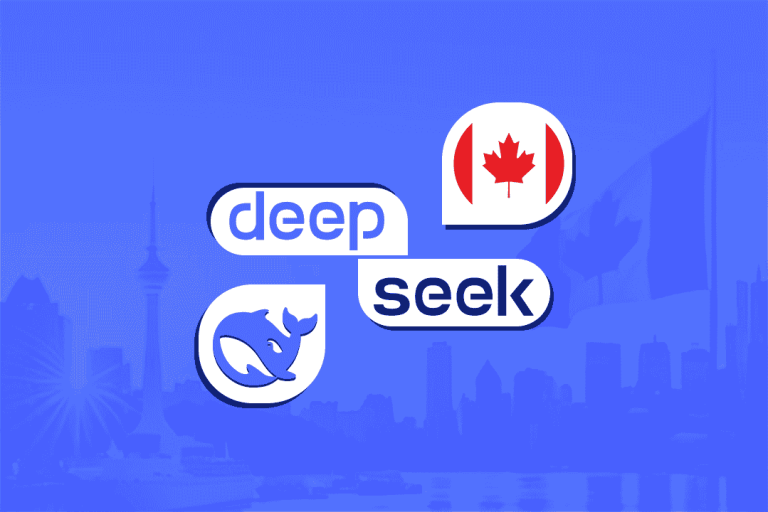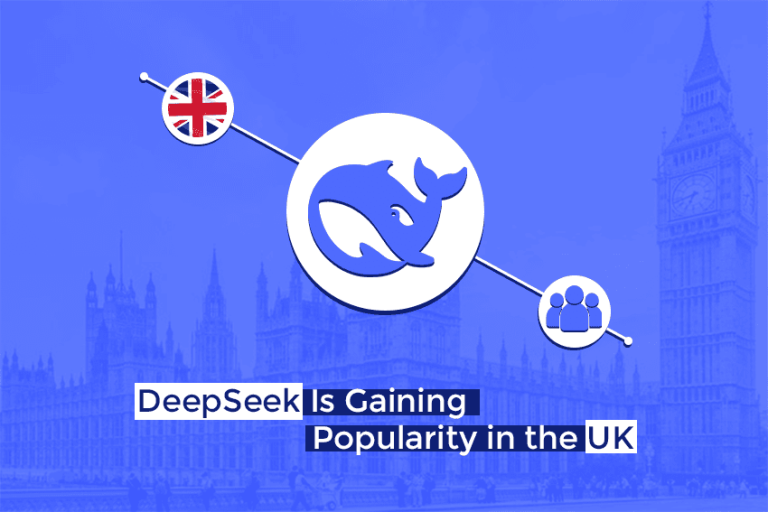While DeepSeek’s first-generation model R1 continues to shake up the AI world, the company is already fast-tracking its next major model, DeepSeek-R2.
Early reports suggest that R2’s development is ahead of schedule, and industry watchers are eager to see how this successor will build upon R1’s success.
Here we outline what’s known so far about DeepSeek-R2, from its potential release timeline to the improvements it aims to deliver.
An Accelerated Launch Timeline
Originally, DeepSeek’s second-generation model R2 was expected later in 2025, but recent insider reports indicate a faster rollout.
According to Reuters sources, DeepSeek is “accelerating the launch” of R2 and now plans to release it as early as possible – likely even before May 2025.
This means R2 could arrive only a few months after R1’s January debut, a remarkably short interval in the AI industry.
The rush is strategic: by pressing its current advantage, DeepSeek likely wants to stay ahead of competitors and maintain its momentum in the market.
R1’s startling impact on the industry (and competitors’ scramble to react) has given DeepSeek a window of opportunity that it’s keen to capitalize on.
Launching R2 earlier than expected would keep the spotlight on DeepSeek and potentially extend the lead of this Chinese AI upstart.
It’s worth noting that this timeline compression “had not been previously reported” until the Reuters piece, underscoring that even those following DeepSeek closely might be surprised by how soon the new model could arrive.
DeepSeek itself hasn’t publicly confirmed the change in schedule (the company did not comment on the leak), but the consistency of multiple source reports lends credence to the claims.
If R2 indeed launches before mid-2025, it would mark about a quarter or less between major model generations – an almost unprecedented pace that highlights both DeepSeek’s aggressive development and the urgency of the AI race currently underway.
Focus on Coding and Multilingual Mastery
What can we expect from DeepSeek-R2 in terms of capabilities? So far, information is limited, but a few clear goals have emerged from leaks and statements: improved programming abilities and broader language support.
Insiders have revealed that R2 is being designed to **“produce better coding” solutions and to reason in languages beyond English. This is a significant evolution, as DeepSeek-R1 (and many current leading models) showed strongest performance in English and were somewhat less capable in other languages.
By targeting multilingual reasoning, DeepSeek appears to be addressing a key gap – making its AI more globally versatile and useful for non-English use cases.
If R2 succeeds, users could converse or build applications in many languages with near-English-level proficiency, which would be a major selling point especially in Asia, Europe, and other multilingual markets.
Additionally, enhanced coding ability suggests R2 will aim to rival or surpass the best AI code assistants.
R1 already demonstrated solid logical reasoning, which overlaps with programming tasks; R2 could extend this by incorporating more training focused on code or by architectural tweaks that let it handle programming logic better.
The emphasis on coding likely responds to competitive pressure from models like OpenAI’s Codex or DeepMind’s AlphaCode.
A DeepSeek model that can write or debug code effectively (and affordably) would attract enterprise developers and potentially be integrated into software development workflows, increasing DeepSeek’s reach in the tech industry.
These anticipated improvements align with the broader narrative: R1 proved DeepSeek’s prowess in general reasoning, so R2 is the attempt to refine and expand those talents – to be not just a great reasoner, but also a top-tier coder and a polyglot communicator.
If successful, R2 could dramatically broaden the user base and applications for DeepSeek’s AI, from assisting in software engineering tasks to serving users in many different languages around the world.
This would also address criticisms about R1’s English-centric nature by opening up DeepSeek to billions of non-English speakers.
Industry Impact: “Pivotal Moment” and Raised Stakes
The prospect of DeepSeek-R2 is already generating buzz in the tech community. Experts suggest that its arrival could mark a “pivotal moment in the AI industry”, potentially shifting the balance of power in AI.
“The launch of DeepSeek’s R2 model could be a pivotal moment… breaking the stranglehold of the few dominant players in the field,” said Vijayasimha Alilughatta, a COO at an international tech services firm, when asked about R2.
This sentiment reflects a growing belief that DeepSeek’s approach – delivering high-end performance at low cost – might upend the semi-monopoly that a handful of Big Tech companies (like OpenAI, Google, etc.) have had on the most advanced AI models.
In other words, R2 could further democratize the AI landscape, proving that R1 was not a one-hit wonder and that a lean startup can consistently rival the outputs of tech giants.
On a geopolitical level, R2’s launch is likely to reverberate in policy circles. U.S.
officials have already identified leadership in AI as a national priority, and a more powerful DeepSeek model will “likely worry the U.S. government” according to Reuters. R2 could be seen as cementing China’s quick gains in the AI race, possibly spurring discussions of export controls or increased investment in domestic AI research in the West.
Conversely, within China, R2’s early debut would galvanize authorities and companies even further.
Dozens of Chinese firms have already begun integrating DeepSeek models; a superior R2 would accelerate this trend and strengthen China’s push to be on the cutting edge of AI technology.
In fact, sources say Chinese regulators, after some initial caution, have embraced DeepSeek’s rise – R2 would likely receive strong home support as a national AI champion (albeit with an eye toward not inflaming global concerns, see our next article on China’s strategy).
For AI practitioners and users, the bottom line is that DeepSeek-R2 could arrive much sooner than anyone anticipated, bringing enhanced capabilities that address current limitations.
If R2 delivers on improved coding and multilingual reasoning, it will not only widen DeepSeek’s appeal but also put more pressure on established players to innovate or reduce prices.
The competitive stakes in AI are poised to intensify: R1’s launch already caused a stir, and R2 might be the moment that early shock turns into lasting industry change.
DeepSeek’s ability to iterate quickly on its breakthroughs will be a key factor to watch in 2025.
The world will be watching for R2’s official announcement, and based on current indications, we might not have to wait long.



